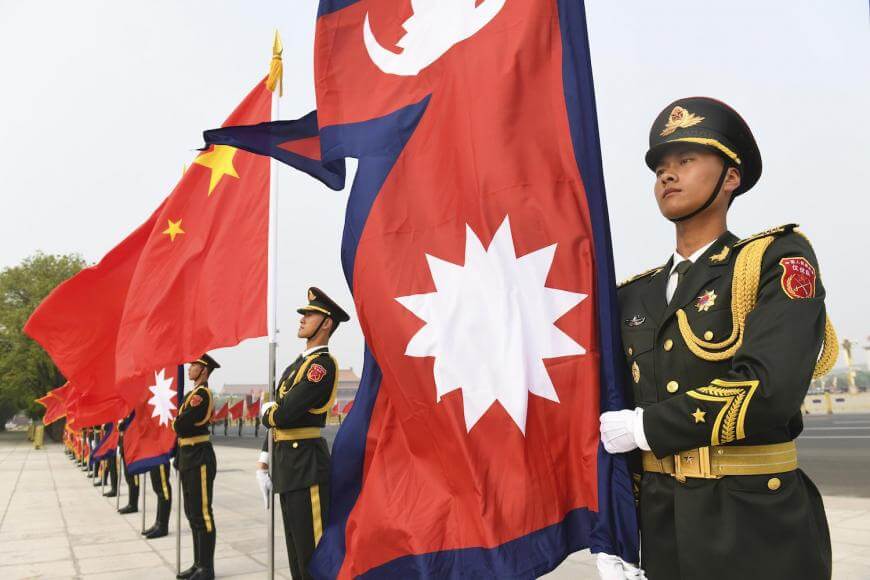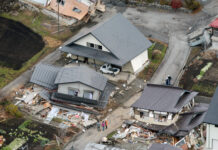BEIJING: Chinese investment in Nepal faces resistance from the local population, as many see Beijing’s promises regarding infrastructure advancement harming the Nepali interests, and benefitting only China, a news report said.
According to The Singapore Post, the challenges faced by Chameliya Hydropower Project, which was constructed by China in Nepal’s Darchula district, includes delays in the execution of the project, leading to huge cost overruns.
The 30 MW Chameliya Hydropower Project, constructed by China, is one of the most costly projects executed.
“The run-of-the-river project was initiated in 2010 and took 10 years to complete, against the target of three years. Also, the cost of Chameliya, initially estimated at Nepali Rs 6 million escalated to Nepali Rs 16 million. Of late, the Chinese company functioning as the civil contractor for the project, China Gezhouba Group (CGGC) has raised a number of issues with Nepal on the HPP,” reported The Singapore Post.
According to the news outlet, the Chinese know how to get their pound of flesh from smaller neighbours. In 2014, the CGGC halted work for nearly 18 months and demanded an additional NRs (Nepali rupees) 1.1 billion from the Nepal Electricity Authority (NEA) on the ground that construction costs had increased due to the ‘squeezing’ of the tunnel.
When CGGC completed the project in 2018, they inflated the cost to NRs 16 billion. Pertinently, even in terms of per MW cost, the Chameliya HPP is very expensive. Private sector companies have been developing HPPs at the cost of NRs 180 million per MW, while CGGC has demanded three times more, i.e., NRs 540 million per MW for Chameliya, The Singapore Post reported.
Similarly, in 2017, the then Nepalese government scrapped the agreement with Gezhouba Group for the development of the Budh Gandaki HPP (USD 44.6 million). The Budh Gandaki was, however, restored to the Chinese firm in 2018 by the KP Oli government, the objective was to woo Chinese investors to get involved in building Nepal’s ailing infrastructure. Notably, the project has affected nearly 40,000 people, the news outlet reported.
Chinese investment in Nepal has often come under scrutiny and in some cases protests by locals.
Issues faced by the Chameliya hydropower project in Nepal are not a one-off case, but part of a larger Chinese predatory lending mechanism to developing countries, who unwittingly take untenably large loans, from China, The Singapore Post reported.
It further reported that the projects executed by China in Nepal are typical also of efforts by China to tighten the economic grip over debt-ridden low and middle-income countries.
“Both China and Nepal signed a framework agreement on Belt and Road Initiative (BRI) in May 2017. Four years later, not a single project under this agreement has taken off. The other issue is that many Chinese projects, including those under the BRI are facing resistance from the local population, as many see Chinese promises on infrastructure harming Nepali interests and benefitting China only,” The Singapore Post report added. (ANI)







